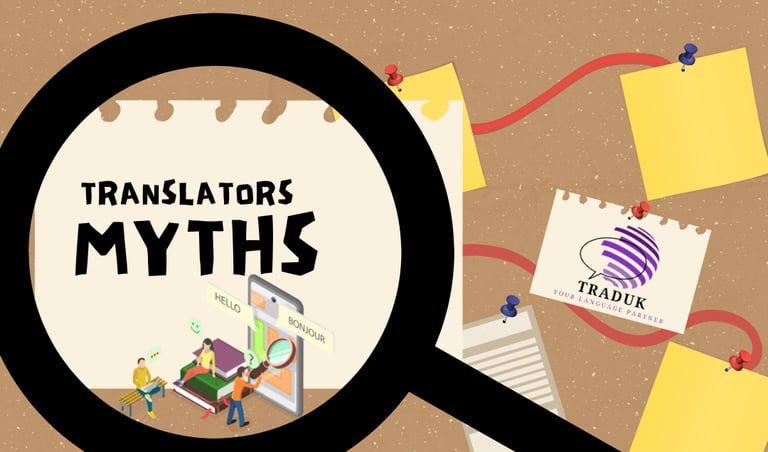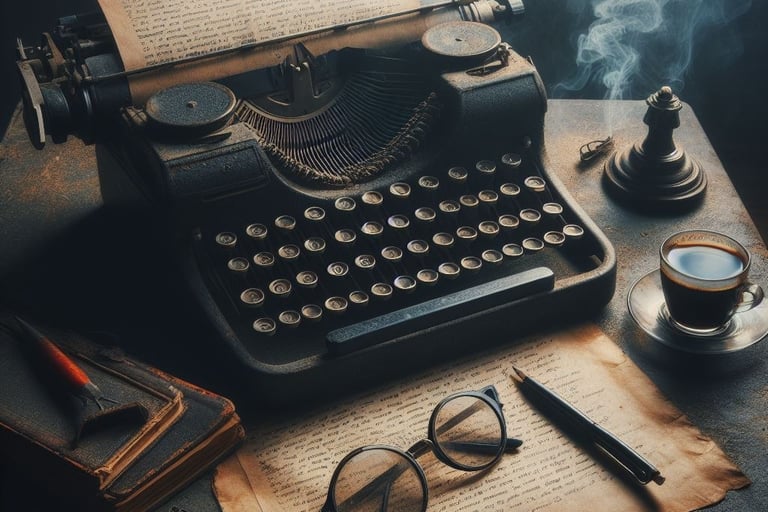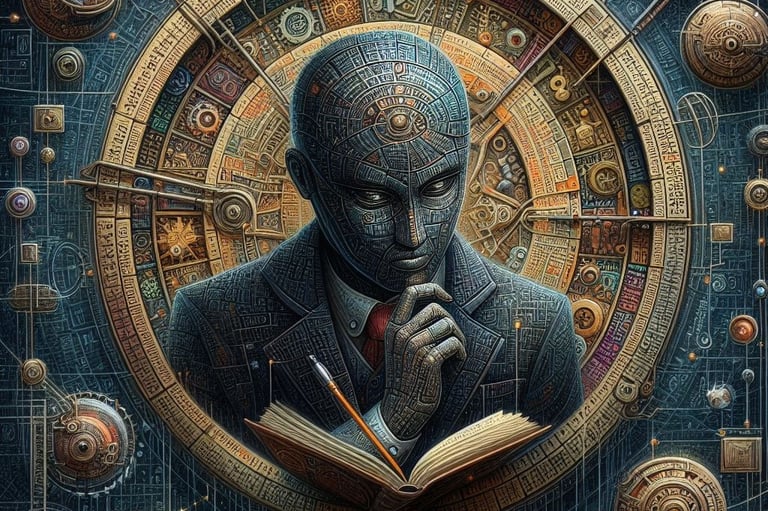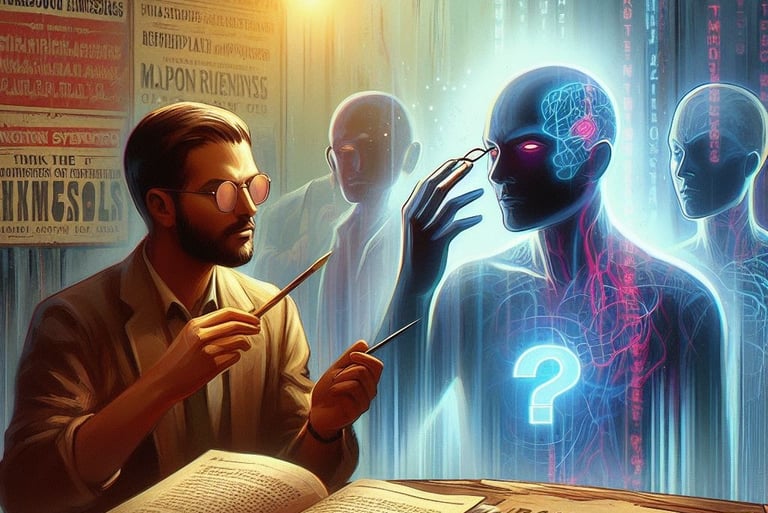Want to know a secret? - Myths about translators
🤐 Unveiling the Shadows: Where Words Become Whispers 🌐🔍 Think you've grasped the tongue of another world? Think again. Beyond the veil lies a hidden society, cloaked in knowledge and wielding the power to bend meaning. They navigate labyrinthine cultures, unearth forgotten tongues, and craft whispers that echo across borders. ️🙊 Are you ready to unlock the secrets that bind languages? ️ #translation #languages #culture #morethanwords #traduk
TRANSLATIONSTRADUK.EULANGUAGESCULTURE
4/17/20243 min read


Have you ever struggled to decipher a foreign restaurant menu, relying on a translation app to save the day? Or maybe you binged the latest international show, completely engrossed thanks to subtitles. It's like magic, isn't it? But here's the thing: translators aren't magicians. In fact, the reality of what translators do might surprise you. Most people imagine translators as human dictionaries, simply swapping words from one language to another. While fluency in multiple languages is undoubtedly a core skill, translation is an art form that goes far beyond vocabulary.
So, want to know a secret? Let's peel back the curtain and take a closer look.
One of the most common misconceptions about translators is that they simply replace words from one language with their equivalents in another. While it's true that word-for-word translation can sometimes work for simple texts, the reality is much more complex. Language is nuanced, and direct translations often fail to capture the subtle nuances, idioms, and cultural references that make communication effective.
Translators are not just linguists; they're also cultural experts. They must navigate the tangled web of cultural differences that exist between languages. This means understanding not only the words being translated but also the context in which they're used. A skilled translator knows how to adapt the message to resonate with the target audience while remaining faithful to the original intent.
Another misconception is that translators work in isolation, hunched over their computers, surrounded by dictionaries and reference materials. While solitude might be necessary for focus, translation is rarely a solitary endeavor. Translation often involves collaboration with other professionals, such as editors, proofreaders, and subject matter experts. Communication is key, whether it's clarifying ambiguous terms with the client or discussing linguistic choices with colleagues. Translators are part of a larger ecosystem that includes clients, agencies, and other language professionals.
Some people believe that a translator can tackle any text, regardless of the subject matter or complexity. After all, isn't language universal? While translators possess a broad understanding of language and culture, they often specialize in specific fields or industries. Whether it's legal, medical, technical, or creative translation, expertise is essential for producing accurate and high-quality translations. A translator's best friend isn't just a hefty dictionary, it's meticulous research. Legal documents demand a deep understanding of specific legal terminology. A medical translation requires scientific precision. Translators become temporary experts, immersing themselves in diverse fields to ensure the translated text is not only clear and accurate, but also resonates with the target audience. Just as you wouldn't expect a cardiologist to perform brain surgery, you shouldn't expect a generalist translator to excel in highly specialized fields.
With the rise of artificial intelligence and machine learning, some fear that human translators will become obsolete. Why pay for a human when a machine can do the job faster and cheaper? While machine translation has its place, it's far from perfect. Machines struggle with context, tone, and cultural nuances. Human translators bring empathy, creativity, and critical thinking to the table—qualities that are essential for producing translations that resonate with human readers. Rather than replacing human translators, machine translation tools are more often used to aid and enhance their work.
Technology has become an invaluable tool for translators. Translation memories store previously translated phrases, ensuring consistency across large projects. But translators are the creative force behind the machine. They carefully select the most fitting words, ensuring the translated text reads smoothly and naturally, just like it was originally written in the target language. Imagine a historical document filled with archaic language. A translator wouldn't just swap words for their modern equivalents, they'd capture the essence of the era, ensuring the translated text retains its historical flavor.
In conclusion, the secret to effective translation lies not in magic or mystique but in the skill, expertise, and dedication of the translators themselves. They are more than just wordsmiths; they are cultural mediators, collaborators, and specialists in their field. So, the next time you receive a flawlessly translated document, remember the hard work and talent that went into making it possible.
Want to know a secret? Now you do.








Contact
office@traduk.eu
+40767756813
Business Hours
Monday - Friday: 09:00 - 18:00 UTC+3
Saturday, Sunday: Closed
